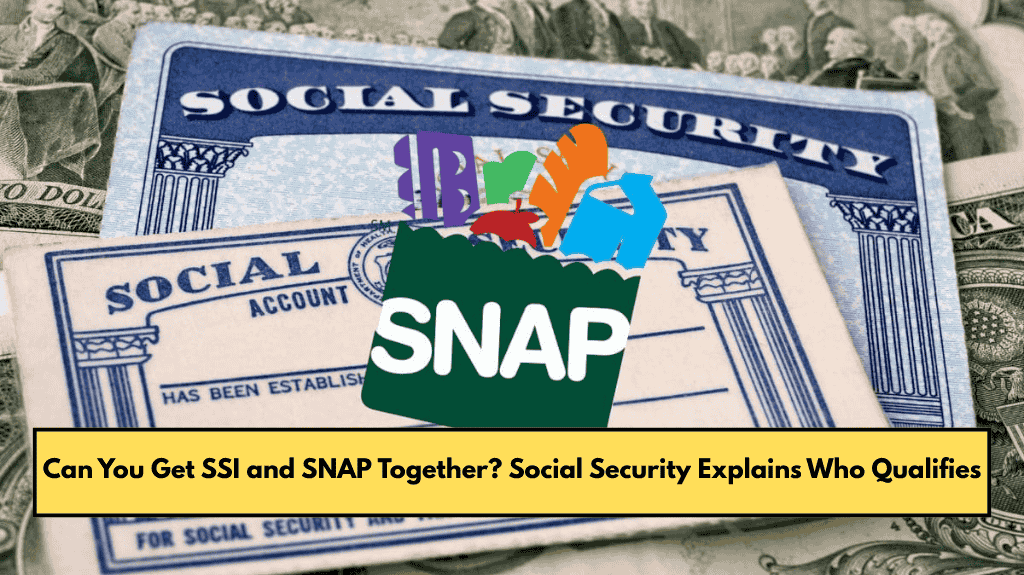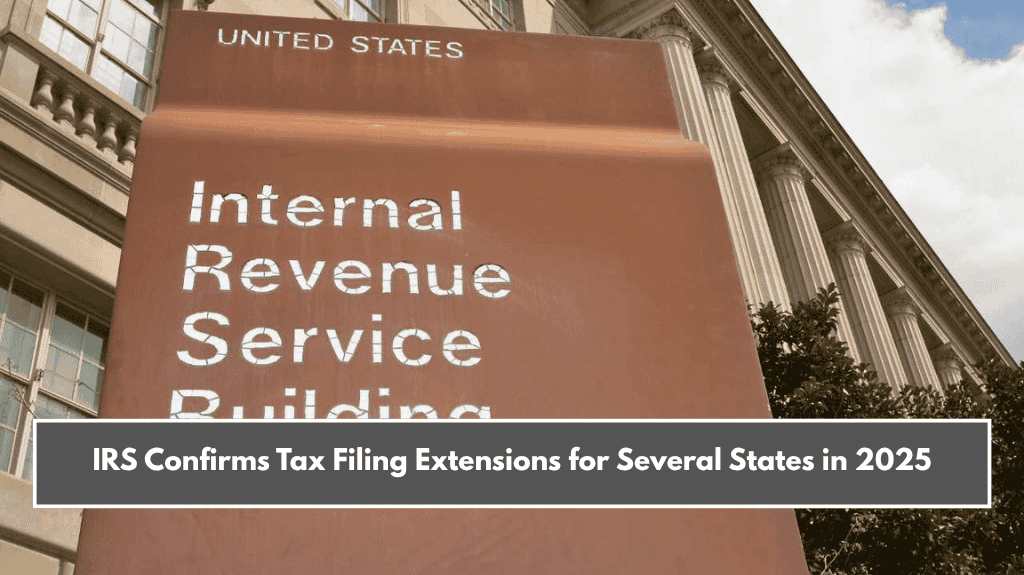The United States government offers several programs to support people who need help. One of these is Supplemental Security Income (SSI), managed by the Social Security Administration (SSA). Besides SSI, there are other Social Security benefits designed to help citizens and legal residents.
Now, there’s a common question: Can you receive both SSI and SNAP benefits at the same time? The answer is yes, but you need to meet certain conditions. Let’s understand more about it.
What Are the Main Types of Social Security Benefits?
The Social Security Administration offers four main types of benefits:
- Retirement Benefits:
This is the most popular program. Throughout your working life, you contribute to Social Security, either through your employer or by yourself if you are self-employed. You usually need 40 work credits (about 10 years of work) to qualify for retirement benefits. - Survivor Benefits:
These are for family members like spouses, children, or parents of someone who contributed to Social Security but has passed away. For example, a widow or widower aged 60 or older can receive survivor benefits. - Disability Insurance:
People who cannot work because of a serious disability can apply for Social Security Disability Insurance (SSDI), provided they have earned enough work credits. - Supplemental Security Income (SSI):
SSI helps people who are blind, disabled, or 65 years or older with very low income and few resources. Unlike the other programs, SSI is funded through regular tax revenues, not Social Security taxes.
What Is SNAP and Who Can Get It?
The Supplemental Nutrition Assistance Program (SNAP) gives monthly funds to low-income individuals and families so they can buy healthy food. SNAP benefits are loaded onto an EBT card (Electronic Benefits Transfer), which you can use at stores like Walmart, Target, and many grocery stores. The card can only be used to buy approved food items.
To apply for SNAP, you usually have to go through your local Social Security office or state agencies. If you live alone and apply for SSI, sometimes your SSI application also acts as a SNAP application automatically.

Can You Get SSI and SNAP Together?
Yes!
If you qualify for SSI, you may also be eligible for SNAP benefits. In fact, many people who receive SSI also get help from SNAP to buy food every month.
Here’s how it generally works:
- If you are approved for SSI, your information might be sent directly to SNAP offices.
- In some states, applying for SSI can automatically start your SNAP application if you live alone.
- You will still need to meet certain income and resource limits set by your state to qualify for SNAP.
Each state has its own rules for managing SNAP payments, so it’s important to check local guidelines.
How Are SSI and SNAP Payments Made?
SSI Payments:
- Paid on the first day of every month.
- If the 1st falls on a weekend or public holiday, you will receive it on the previous working day.
- Maximum SSI amounts in 2025 are $967 for individuals and $1,450 for couples.
- The final amount you receive can change based on your income, resources, and living situation.
SNAP Payments:
- Given once a month as a lump sum.
- Payment dates vary depending on where you live.
- Some states decide your payment date based on the last number of your case number (like California).
- Other states use the first letter of your surname (like Delaware and Connecticut).
- Smaller states like Alaska and South Dakota may have one fixed payment date for everyone.
Getting both SSI and SNAP benefits can give important financial help to people who need support with daily living and food expenses. If you receive SSI, it’s worth checking whether you qualify for SNAP too. Local Social Security offices can guide you through the application process and even help speed things up.
Each state has slightly different rules, so it’s smart to learn about your local guidelines. With proper planning and understanding of payment schedules, you can make the best use of these important benefits.















